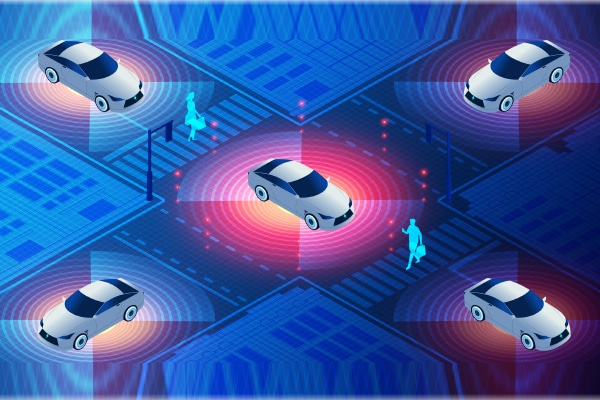A decade of hype. Billions invested. But lidar still isn’t mainstream. What went wrong—and what does it mean for the future of autonomous vehicles?

Heralded as a breakthrough for the automotive industry’s shift towards safer, fully autonomous vehicles, lidar technology promises a future with zero road fatalities and enhanced accessibility.
Despite a decade of extensive development, testing, and financial investments such as partnerships and acquisitions, lidar-equipped vehicles remain scarce on the roads.
Known for its high-resolution 3D mapping and precise depth perception, lidar is essential for driverless cars but faces significant adoption challenges.
Although lidar delivers accurate data for autonomous navigation, several obstacles hinder its mainstream integration. High costs, technical limitations in various environments, complex data management, and competition from other sensor technologies have impeded its widespread use.
Despite its advantages in depth perception and detailed mapping, lidar confronts economic and technical barriers.
Performance issues in adverse weather and the substantial investment required for deployment have made manufacturers and consumers cautious, slowing the technology’s adoption in the automotive sector.
The Cost Barrier to Lidar Adoption
Lidar technology, known for its precise point cloud mapping and high-resolution data, faces a significant adoption barrier due to its high cost. Lidar systems are substantially more expensive to produce and integrate than more economical sensors like cameras and radar.
This cost disparity has kept lidar from becoming a mainstream option in the automotive industry, leading manufacturers to favour cheaper alternatives.
Many companies opt for cameras and radar, which offer adequate performance at a lower cost. Vehicles that include lidar often serve as a supplementary safety feature rather than the primary sensor. Its high cost may continue to hinder its broader adoption compared to more affordable technologies.
Lidar’s expense is particularly challenging for autonomous vehicles, which require accurate sensing, navigation, and mapping. Although lidar provides detailed 3D data, the high costs are often prohibitive.
The affordability gap with other sensors remains significant even as lidar prices decrease.
This price gap leads many manufacturers, especially those targeting lower-cost vehicles, to reconsider lidar. Its use is generally restricted to premium vehicles and autonomous taxis, where the costs are more easily justified.
Additionally, the overall expense of lidar includes not just the sensors but also integration, calibration, and maintenance, further increasing costs. In contrast, camera-based systems are cheaper and simpler to mass-produce, making them a more viable option for mass-market vehicles.
Without substantial cost reductions, lidar’s role in future automotive technologies may be limited.
| Challenges of Creating 3D Maps with Lidar Technology |
| • High costs and complexity: Collecting, processing, and storing lidar data is resource-intensive. • Data ownership disputes: Companies, governments, and service providers often clash over rights to lidar data. • Privacy concerns: Capturing detailed images in urban areas raises legal and ethical issues. • Frequent updates needed: Geographic changes require continuous mapping, increasing costs and time. • Access limitations: Political and geographic restrictions may force reliance on lower-quality alternatives. |
Challenges in the Lidar Supply Chain









